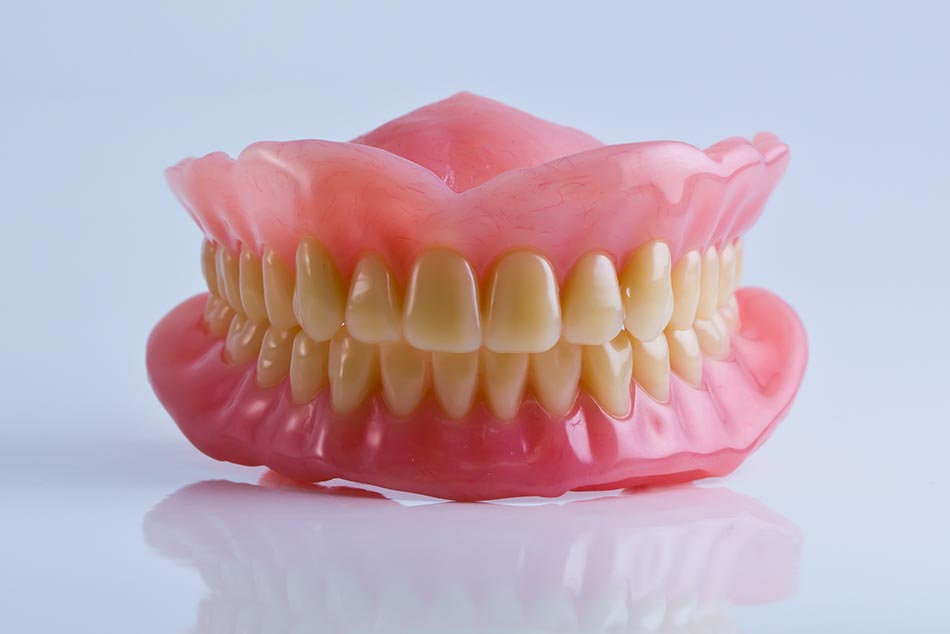The art and science of prosthetic dentistry had advanced rapidly during recent years and new techniques and materials have greatly improved our ability to replace missing tissues with functional and natural looking artificial appliances or prostheses. However, it must be remembered from the outset that no prosthesis or artificial substitute, regardless of how painstakingly fabricated, will ever function as efficiently as the original living tissues. Research has shown that the chewing efficiency of experienced denture patients is, at best, less than twenty percent as efficient as the average chewing efficiency of patients with natural teeth.
Your mental attitude and adaptability are of utmost importance to learning to use new dentures. Do not expect too much from them, especially at first. The dentist can only provide the denture treatment and then advise you. You must have the patience and perseverance to learn to use the dentures.
Just as learning to swim, or skate, or ski, or ride a bicycle can be traumatic experiences, so it may be learning to use new dentures. These are all physical skills that must be learned and no one is an expert in the beginning. The length of time required to learn to use dentures varies and depends on many factors such as age, general health, nutrition, muscle tone, tissue condition, coordination, and mental attitude. Since no two patients are exactly alike, all patients cannot expect the same degree of skill or success in using dentures. However, it should be remembered that millions of other people have learned this skill and the odds are likely that you will too.
Please beware of relatives and friends who are denture wearers. Most dentures wearers consider themselves experts on the subject and are eager to give you advice based on their experience. Such advice can be inaccurate and harmful to you. Seek the advice of only one expert, your dentist, who has the training and experience to treat your specific problems.
Many denture patients would like to ignore the fact that they are, to a degree, handicapped. It is evident that a man with an artificial leg would have great difficulty becoming a professional football player. The denture patient must also learn to live with certain limitations. Since you will be wearing dentures from now on, it is no disgrace to use them in a manner that will help insure your ability to wear them in the future. Despite the limitations, your dentures will restore your appearance, speech and ability to chew – when you master their use.






